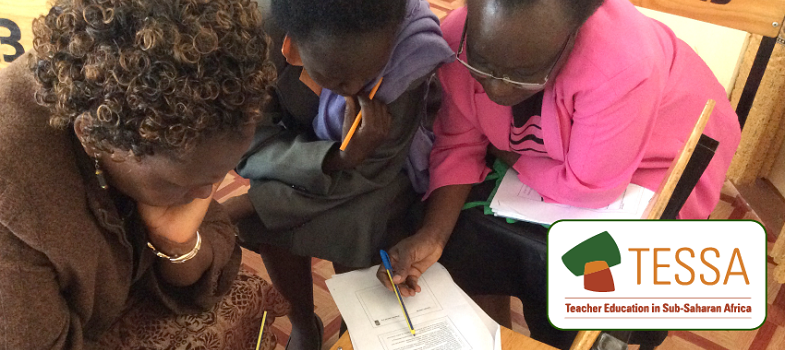Appendix 2
The following resources are extracts from the Teaching Practice Supervisors’ Toolkit.
Recognising a good lesson
As a Teaching Practice Supervisor, one of your key roles is to identify the good and not so good features of a lesson.
The list of questions below will help you to check the main characteristics of what makes a good lesson.
Recognising a good lesson
- Does the lesson stimulate and interest the pupils?
- Is it appropriate to the age and grade of the pupils?
- Does the student teacher have a good knowledge of the subject matter?
- Is the lesson plan and presentation flexible?
- Are there opportunities for active learning? e.g. questions and answers, debates, role play, discussion, dramatisation, song and dance, experimentation etc.
- Is there dialogue between the pupils and the student teacher? (not just closed questions with ‘right’ answers?) Does the student teacher listen to the pupils’ ideas?
- Are instructional materials appropriate? If so, are they used well?
- Is a range of learning styles used in the lesson? (e.g. visual, kinaesthetic, oral – to engage different pupils)
- Does the lesson involve all the pupils? Or are some pupils not encouraged to participate?
- Is the class organised effectively? How well is the class managed and controlled?
- Does the student teacher have clear strategies for evaluating the achievement of objectives? e.g. practice, demonstrative, tests, questions and answers etc.
Appendix 1: The Effective Secondary Science Teacher



